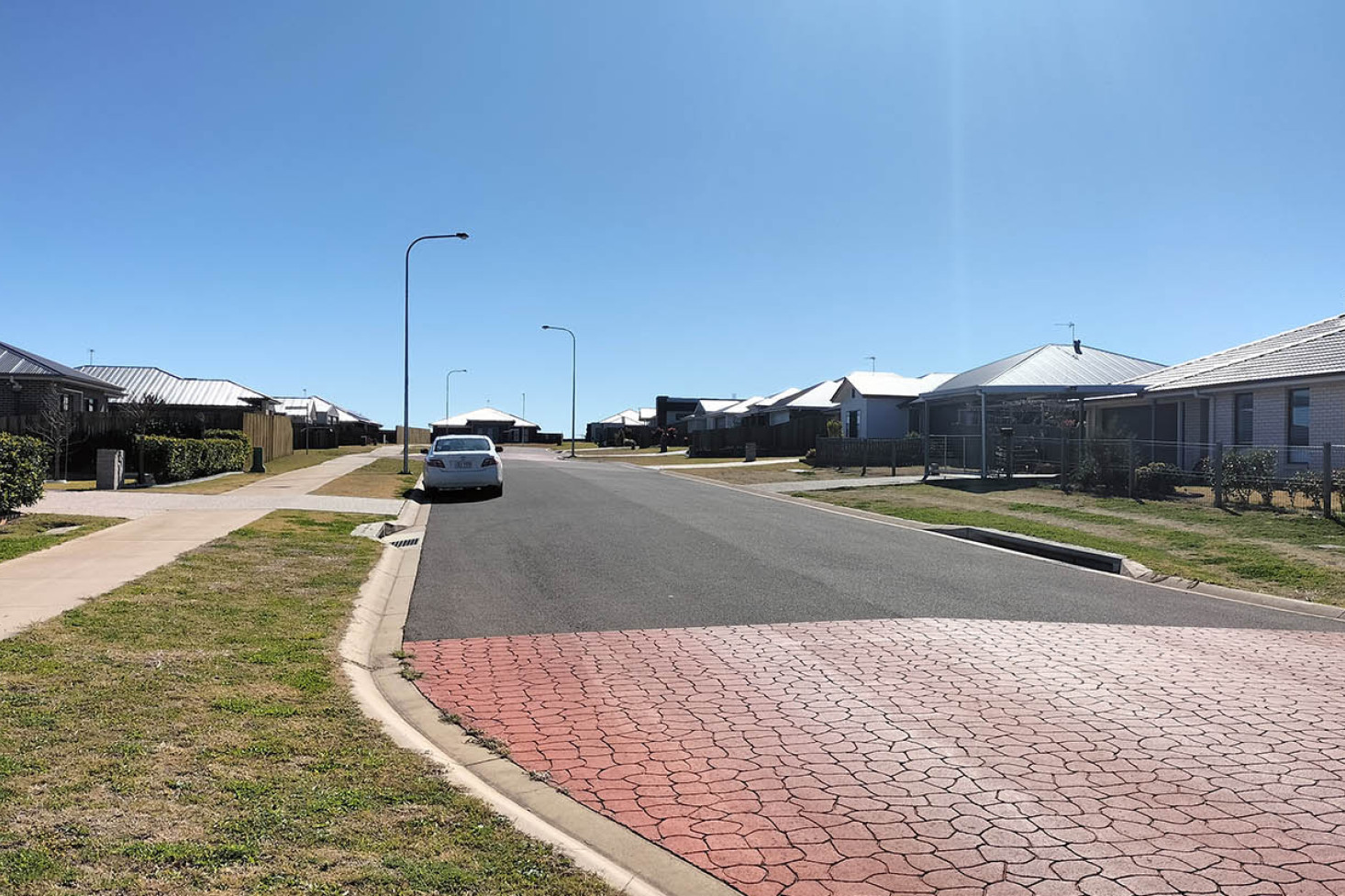Community & Business
6 August, 2024
Treeless housing estates impact liveability
It would seem that the first step in developing a new housing estate is to bulldoze the land to a point where no trees are left standing, but is this good planning or a danger to the health of future inhabitants?

Images of new housing estates in the local area generally present a frightening view of houses on small postcard sized blocks of land without a tree in sight or the room to grow one.
It appears planners and local governments have totally forgotten the positive effect to liveability played by trees with large shade producing canopies.
It also appears that many builders give little to no consideration to designing houses suitable for the hot summers experienced on the Darling Downs as many new designs give no thought to the heat absorbing influence of dark coloured roofs, or providing eaves or verandahs that provide shade.
Those types of houses are destined to have a power hungry air conditioning unit in every room.
Contrast those designs with the traditional old Queenslander with shade producing wrap around verandahs, high ceilings and louvered windows.
Fortunately for the Toowoomba Region, a group of citizens calling itself the Darling Downs Environment Council (DDEC) has taken it upon itself to raise awareness of the dangers of treeless estates and the impact on liveability.
The group released the Keep Toowoomba Cool Report last Thursday in the Toowoomba Civic Square, at an event attended by guests Deputy Mayor Rebecca Vonhoff and Cr Edwina Farquhar, and urged Toowoomba Regional Council to take decisive action to protect and plant more canopy-providing trees.
The campaign highlights the need for setting localised canopy coverage goals to target planting the right trees in the right place to create corridors of cooling to enhance the resilience of the Region’s city and towns to extreme heat events.
The report stated that local summers are getting hotter, longer and more humid with increased frequency and severity of extreme heat threatening community safety, wellbeing, and the economy.
The Keep Toowoomba Cool Report emphasises the critical impact of heatwaves in the Toowoomba Region, which turn urban areas into heat islands, adversely affecting residents’ health, particularly the most vulnerable populations.
A drive down Toowoomba’s Hume Street makes you realise the importance of the planned planting of roadside trees and the glorious effect they have on liveability and aesthetics.
One can only assume these trees were planted by a Council very much aware of the impact the trees would have on future generations but unfortunately recent Councils appear to have walked away from this role.
DDEC Coordinator Ahri Tallon said, “We envision a future where the beautiful tree-lined streets of the older suburbs are enjoyed by everyone no matter where you live and where we all benefit from their cooling effects in summers to come.
“To achieve this we are calling on TRC to protect and plant more trees through the establishment of suburb-based canopy coverage goals.”


